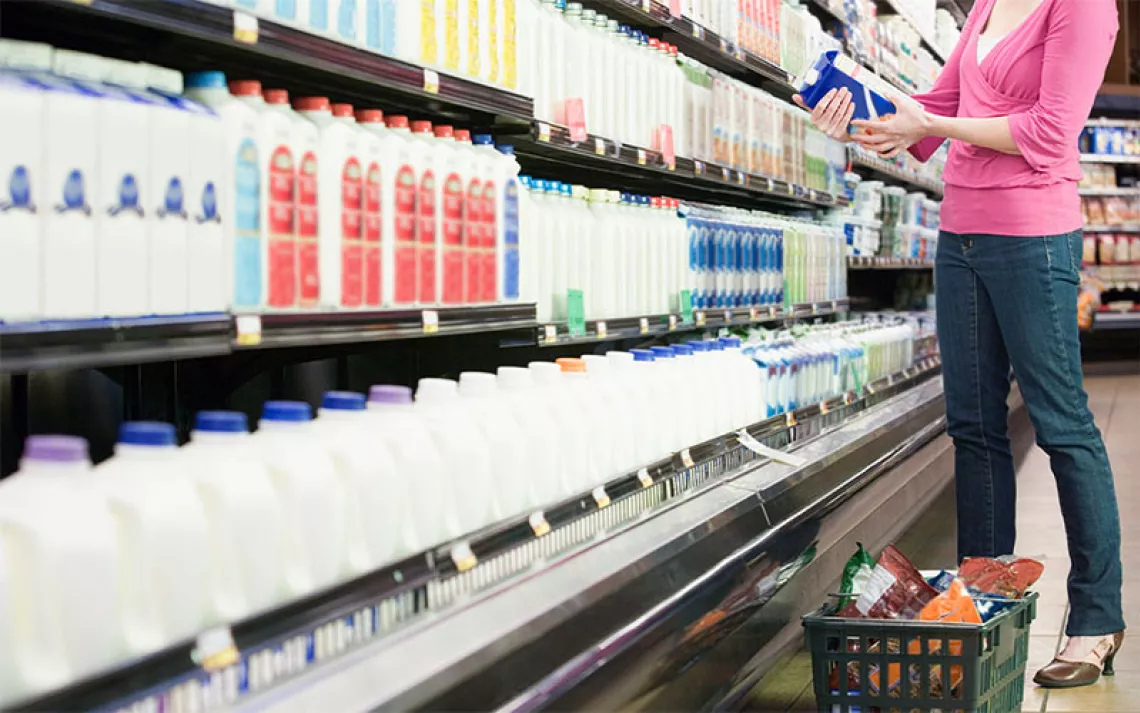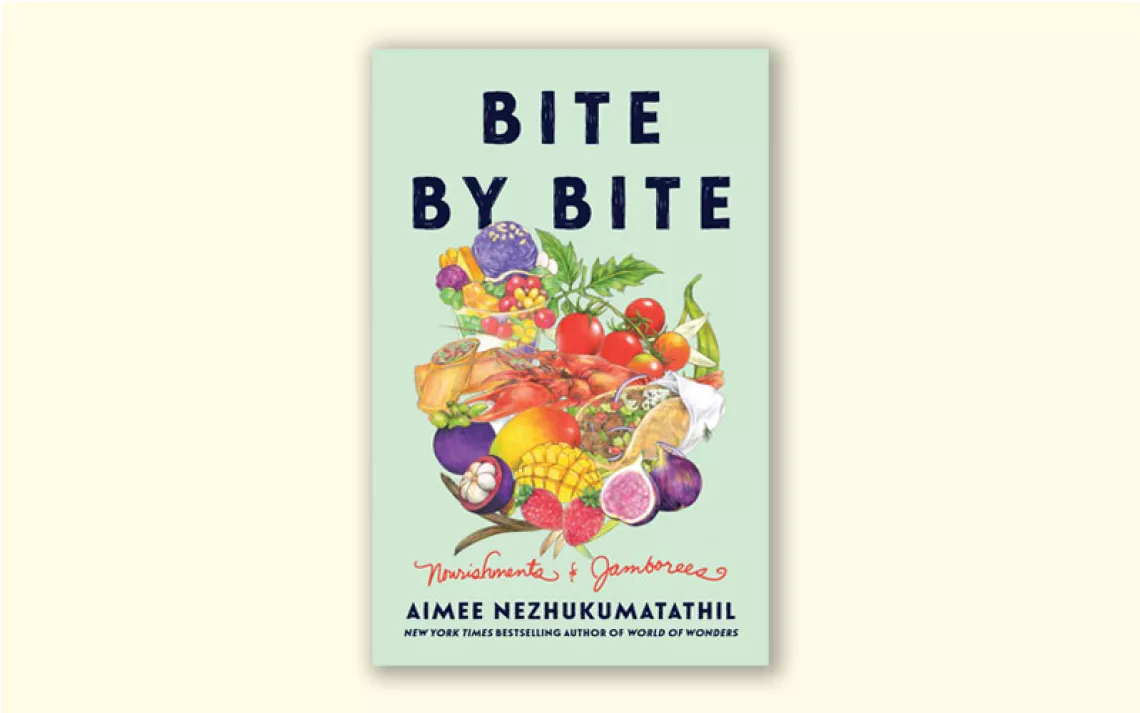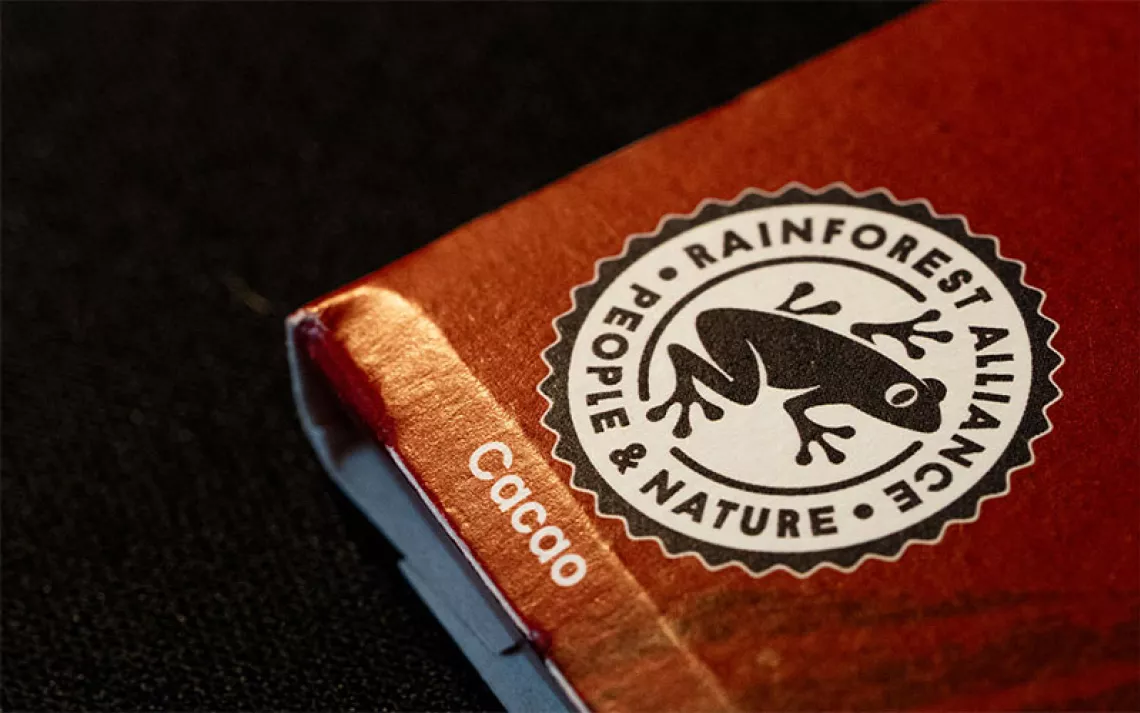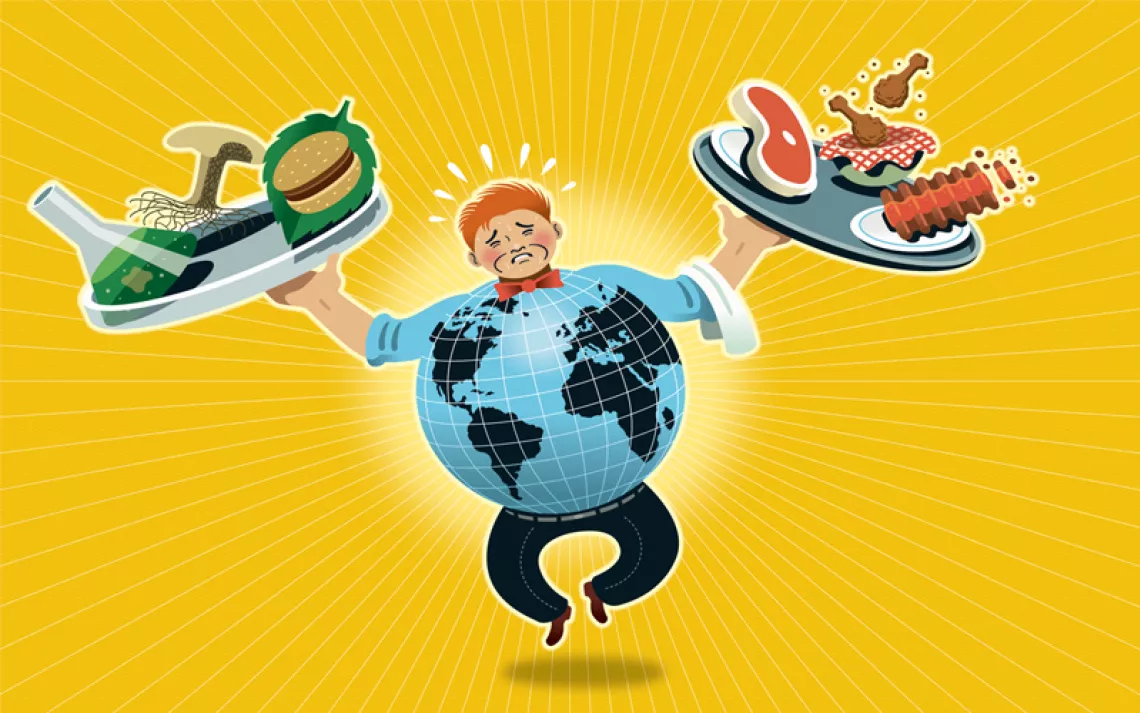Are You Going to Eat That?
Chefs give food scraps new life at the center of the plate

Photo courtesy of Ravintola Loop
Gnarled apples, imperfect avocados, and heels of bread often wind up in the food industry’s trash. According to the Food and Agriculture Organization of the United Nations, one-third of all food produced for human consumption ends up in the garbage—that's 1.3 million tons. While efforts to feed the poor with surplus food are not new, some leaders in the restaurant industry are now pushing to include what once would have been waste in their menus for everyone.
Amass
This Copenhagen restaurant pushes beyond ensuring that 90 to 100 percent of its food and beverages are organic; it also sources nearly 95 percent of its products locally, minimizing ingredient waste and saving water. Food scraps and brown cardboard feed the restaurant’s compost bin for its on-site garden, but Amass prefers to get the most value from its food by using trim in novel ways, like making coffee-ground crackers for petit fours, using dehydrated herb stems for seasoning or vegetable crisps, and frying fish bones for snacks.
Real Junk Food Project
Based in the United Kingdom, this organization rescues surplus food from markets, restaurants, wholesalers, and food banks and diverts it to participating cafes, community kitchens, caterers, and events. Perfectly good groceries (like bread, fruits, vegetables, chocolates, bottled water, and canned delicacies) that would normally be tossed in the trash on the “Use by” dates are given new life on a menu. The Real Junk Food Project network operates by a “pay as you feel” concept, which allows patrons to give back via financial donations, time, energy, or skills. The organization lists participating cafes and pop-ups on its website so that they can be easily found by those in need as well as those who support the reduction of food waste.
Restaurant Loop
Inspired by the Amsterdam-based Instock, Restaurant Loop is Finland’s first food-waste restaurant. The idea was first tested as a pop-up in early 2016, and the venue opened in Helsinki in June that same year. Based in the former Lapinlahti mental hospital, this restaurant sits amid a spacious garden and park at the edge of the sea. The chefs face a daily Top Chef challenge of sorts, turning raw materials collected from merchants and producers into daily delicacies for weekday lunches and weekend brunches, like beetroot salad, lentil soup, vegetarian omelets with avocado sauce, and brownies.
Silo

Photo courtesy of Xavier Buendia
The Brighton, U.K.–based restaurant Silo focuses on a more primitive diet, with techniques both ancient and modern. By trading directly with farmers with reusable delivery containers and choosing local ingredients, Silo is designed to be a zero-waste restaurant. It has its own brewery and flour mill, churns its own butter, and makes its own almond milk. Furniture is made from materials that would have otherwise been wasted, and plates are formed from plastic bags. Any food that isn’t consumed by customers is fed into the restaurant’s aerobic digester to generate compost—starting the process all over again.
WastED
WastED is a community of chefs and food producers who have come together in pop-ups in New York City (March 2015) and London (February to April 2017), showcasing ingredients-in-the-rough from local producers and purveyors. WastED’s goal is to highlight chefs who create delicious food out of unheralded ingredients and the waste that chefs deal with in kitchens on a regular basis. Created by Dan Barber (chef and co-owner of New York’s Blue Hill and Blue Hill at Sone Barns), the WastED pop-ups have involved guest chefs such as Mario Batali, Dominique Crenn, Daniel Humm, Alain Ducasse, Brett Graham, Jason Atherton, Gordon Ramsay, and Clare Smyth. Cocktail menus were printed on agave pulp; reimagined “fish and chips” were made from fried sardine bones, salmon ribs, cod skin, and foraged seaweed; and cosmetically imperfect cheese was transformed into a sauce served atop “stale ale bread.” Keep your eye on WastED for future events.
 The Magazine of The Sierra Club
The Magazine of The Sierra Club



